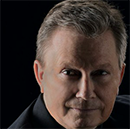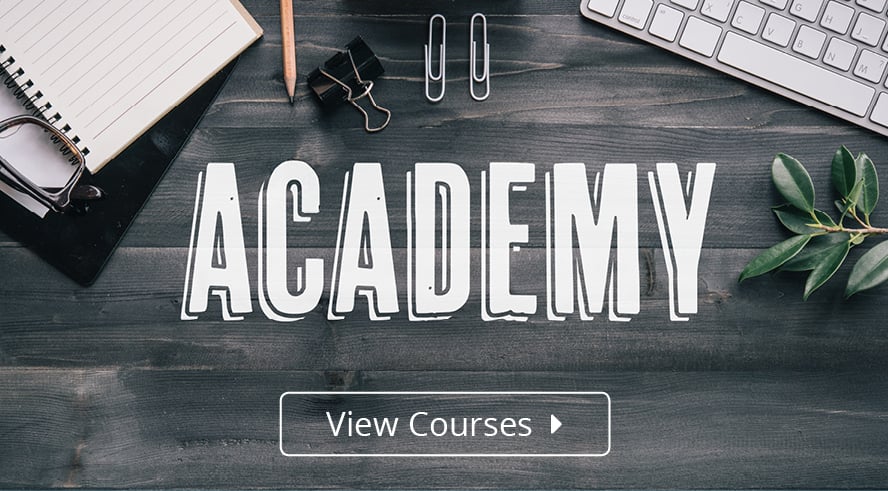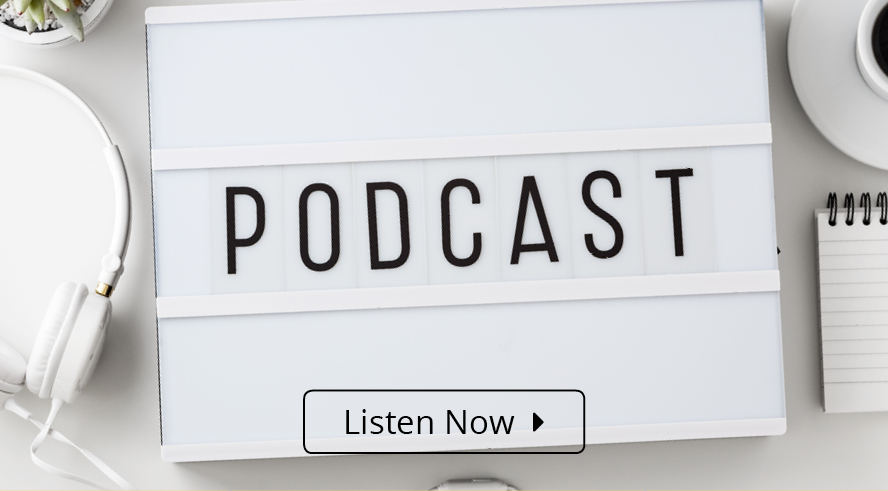If Helen’s face could launch a thousand ships, why can’t yours draw a few good readers? Get tips for author photos to help build your author brand.
It’s ironic how many fine independent writers are fully onboard with professional-class editing, book design, and book production, and yet when it comes to their author photos, you’re likely to be looking at a gallery of amateurism. Raise your hand if a family member took your shot.
Review Your Current Author Photo:
- Is a part of your spouse’s anatomy visible in your shot? (That disembodied arm around the shoulders, you know.)
- Does your photo present you as just one of several landscape features in the beautiful meadow outside last summer’s vacation cottage?
- Is your face curiously shiny or being hit by strange shadows?
Let me make you feel better. Those who program conference events know that when you ask even a top-level publishing executive’s office for a photo to use in program notes, what arrives can be inadequate. Even the greats seem to have trouble finding their way to a professional photographer and need tips for author photos.
But that’s what they—and you—need. Every few years, consider getting a professional career headshot. It might cost anywhere from $150 to $450. It’s worth it.
Tips for Author Photos:
- Dying laughing is not a positive experience. Try to resist the hysterically happy shot. We weren’t in on the joke; we feel left out.
- The best background is no background. Friends won’t let you drive drunk, and professional photographers won’t let the Eiffel Tower emerge from your left ear.
- Don’t hold your book(s) in your shot. Clutching your book(s) in your professional photo reads a little desperate. Plus, what happens when you publish your next book? You'll need a new picture. Remember: dignity is a virtue.
- It’s a headshot. Not an upper torso shot. Not an arm-on-the-back-of-the-sofa shot. Not a you-and-your-kids shot. Your photo has to convey an accessible, intelligent personality in the tiny space of a Twitter thumbnail. “Headshot” means your head. We want your face up close, not your furniture.
- Get your shot in color. You can convert it to black-and-white when that’s requested but unrelieved black-and-white gets old fast.
- File it carefully. When journalists ask for your photo and receive a file named “me.jpg” or “AtCapeCode.png” you’re begging to be misidentified.
- Title your image file something like: YourName-credit-PhotogapherName.jpg
- If no photographer credit, simply YourName.jpg
- You can even add your Twitter handle, many folks will appreciate it: YourName.@TwitterHandle.jpg
- The main thing is info. What bit of data might help a time-strapped journalist or intern be sure they have the right photo and credit it properly? Don’t make them research you. Make it easy for them to identify you correctly.
Go through some good shots and choose something to show your photographer that’s close to what you’d like. Send that ahead of time, and your photographer will be able to set up the studio with the right lighting, seating, reflectors, etc.
The most important thing I can recommend is that you think about something. It can be almost anything. We won’t know, after all. But the true secret to a great photo is always having something on your mind at the time the picture is taken. It’s so easy to go mentally blank as soon as the photographer says, “Ready?” So be ready with an idea, an image, a voice, a person, or even your grocery list. Just put your mind to work on something and your personality will surface nicely.
Which is the real goal: personality. Yours. Put it across with the most professional flare you can muster: in a crowded marketplace, readers will be glad to spot your friendly face.












